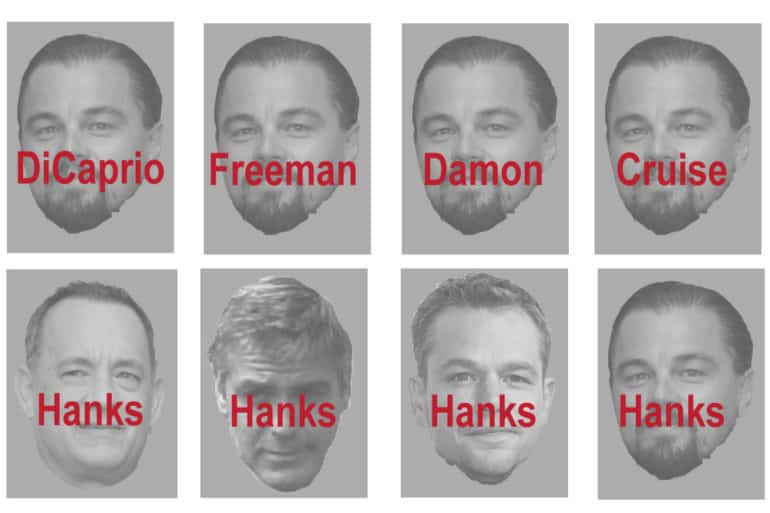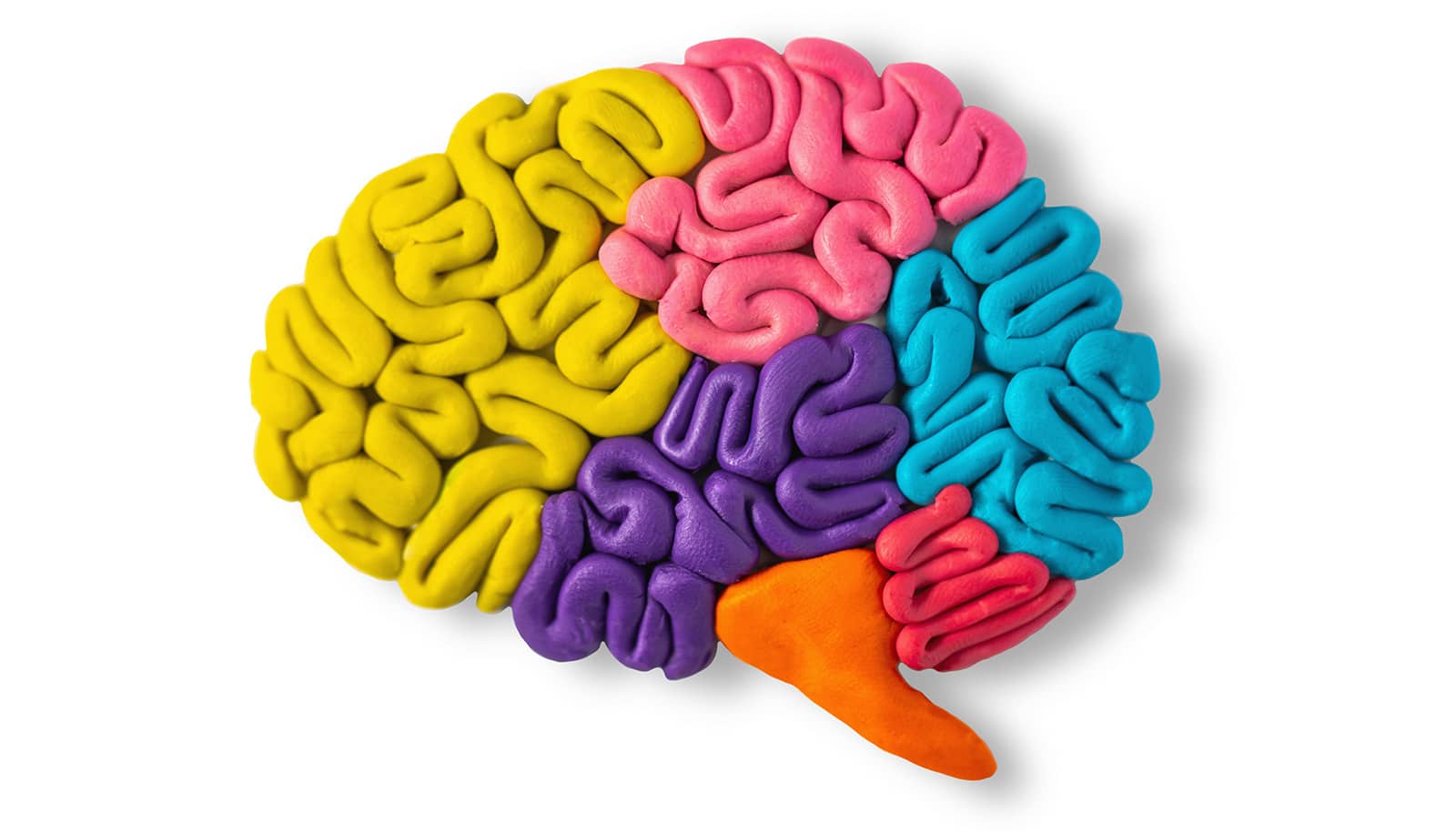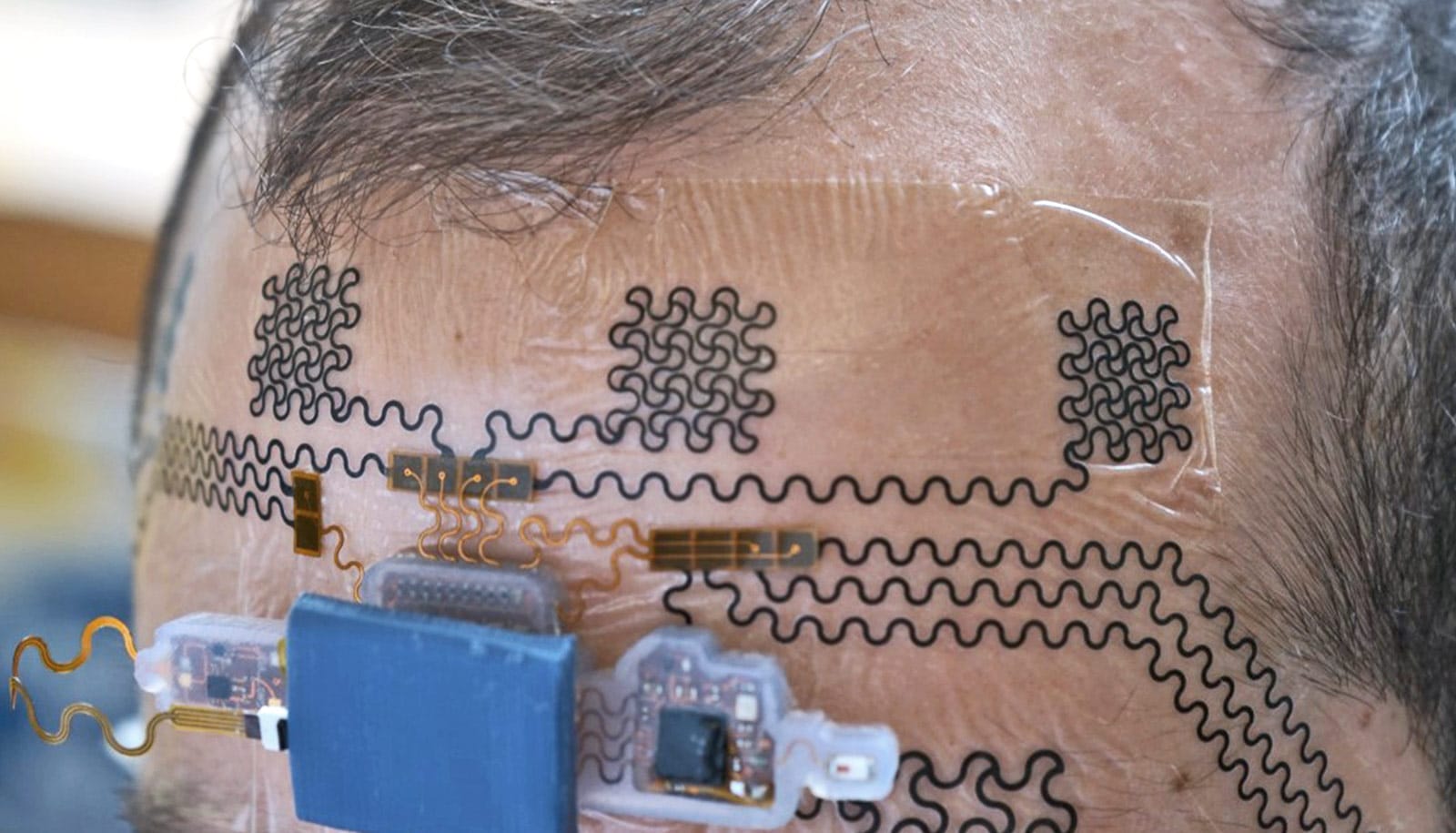We are constantly bombarded with distractions. For a long time, scientists thought that maintaining focus required a cascade of mental events—the distraction, the realization we’re distracted, and a conscious effort to refocus.
But our brains actually have a clever mechanism for outwitting distractions. With repeated practice, environmental cues can trigger the brain to jump directly into a more focused state.
In a new study, Duke University researchers combined brain imaging with a celebrity naming game to pinpoint the structure in the brain responsible for forming direct links between environmental stimuli and enhanced focus. This structure, called the caudate nucleus, is also known to play an important role in linking motor actions to their consequences.
The brain’s ability to automatically trigger greater focus was first demonstrated in 2011, and little is understood about how it handles this process, says Tobias Egner, associate professor of psychology and neuroscience and senior author of the study in the Journal of Neuroscience.
Brad Pitt and Matt Damon
To unravel the neural mechanisms involved, Egner and postdoctoral researcher Yu-Chin Chiu asked research subjects to carry out a variation on a classic test of mental control, called the Stroop test, while their brain activity was monitored with functional magnetic resonance imaging (fMRI).

In a twist on the test, the 28 participants were shown a series of images of famous Hollywood men, including Brad Pitt, Tom Cruise, Matt Damon, and Leonardo DiCaprio, and asked to identify each actor as quickly as they could.
To make the task more challenging, written names appeared across each actors’ faces in bold red ink, and the name and photo correctly matched only half of the time.
People usually take longer to respond when the names and the photos don’t match, Egner says, because they have to overcome their initial impulse to read the name and instead direct their full focus on the face.
Try it: Ignore the red and find the ‘T’
But the researchers found that if they frequently paired a specific face with incorrect names—for example, Leonardo DiCaprio’s face with the names Pitt, Cruise, or Damon—participants became better at identifying the face and ignoring the names.
Since there is no way of knowing in advance which face will appear, or if the name will match, the only way to get faster is if the face itself directly triggers the brain to focus on the face and ignore the name, says Egner, who is also a member of Duke’s Institute for Brain Sciences.
“If 75 percent of the time Leonardo DiCaprio appears with other people’s names, you learn that when you see DiCaprio’s face, you should ignore the distracting word,” Egner says.
Automatic vs. controlled behaviors
As the research subjects learned to associate specific faces with a greater focus, fMRI scans showed a structure called the caudate nucleus lighting up.
“It seems that the caudate nucleus doesn’t just link motor actions to outcomes but also perhaps cognitive actions to outcomes,” Egner says. “In this case, what is the correct attentional focus to make me perform well on this task?”
The results highlight how the brain’s ability to form well-learned, reflexive reactions—like reaching for the phone when it buzzes—is not always at odds with controlled, or intentional behavior, and in fact the two processes can actually work together.
“There is a very longstanding tradition in psychology of distinguishing between automatic or really well-learned, well-practiced behavior and intentional, controlled behavior,” Egner says. “Here they really become partners in helping the performance.”
“This work is exciting in that it highlights a brain-based mechanism that supports a human’s use of reactive control—the rapid and flexible deployment of attention to reduce susceptibility to distraction,” says Julie Bugg, assistant professor of psychological and brain sciences at Washington University who was not an author on the study. “It captures the intimate relationship between learning and cognitive control.”
The National Institute of Mental Health funded the study.
Source: Duke University



